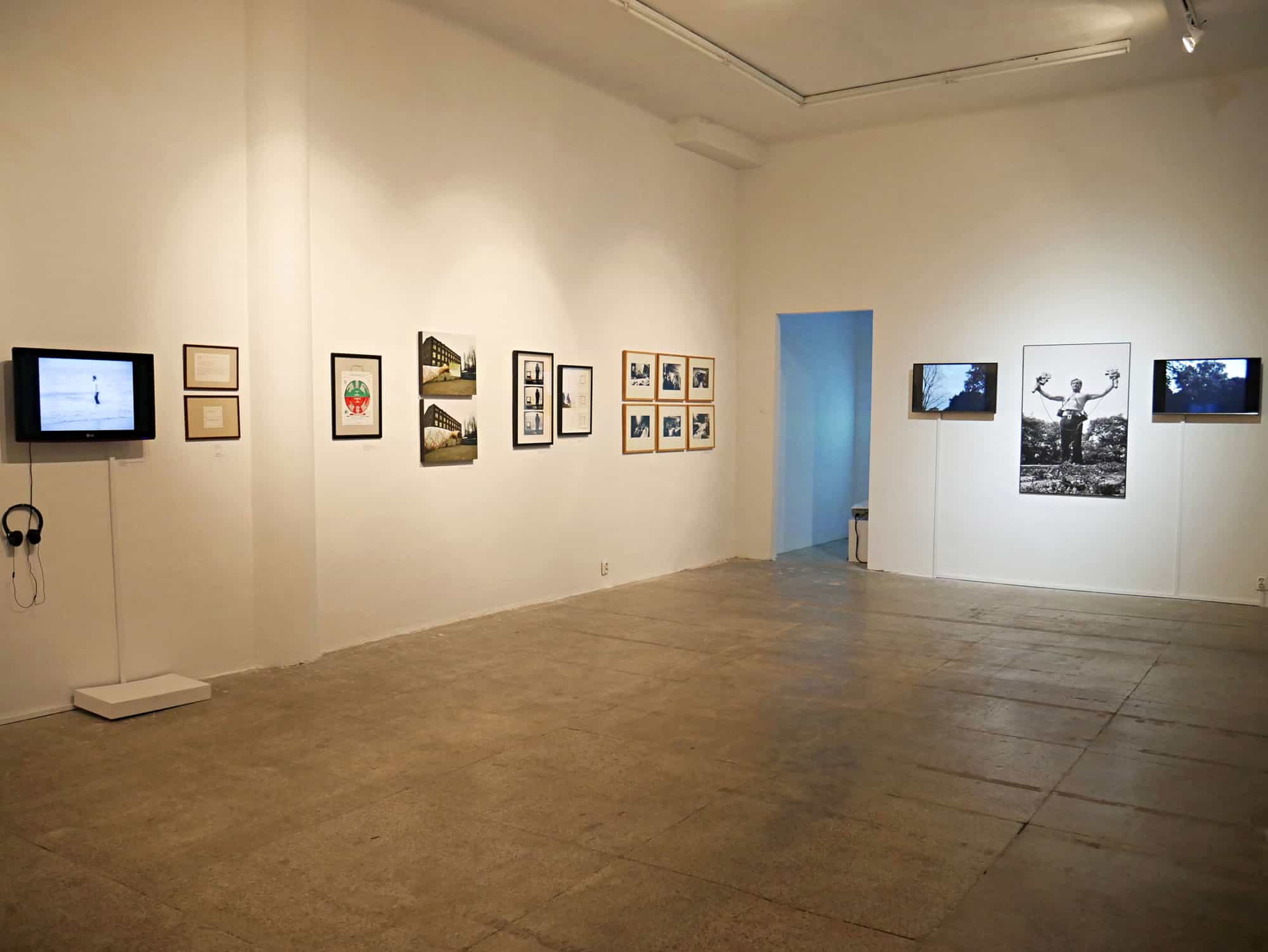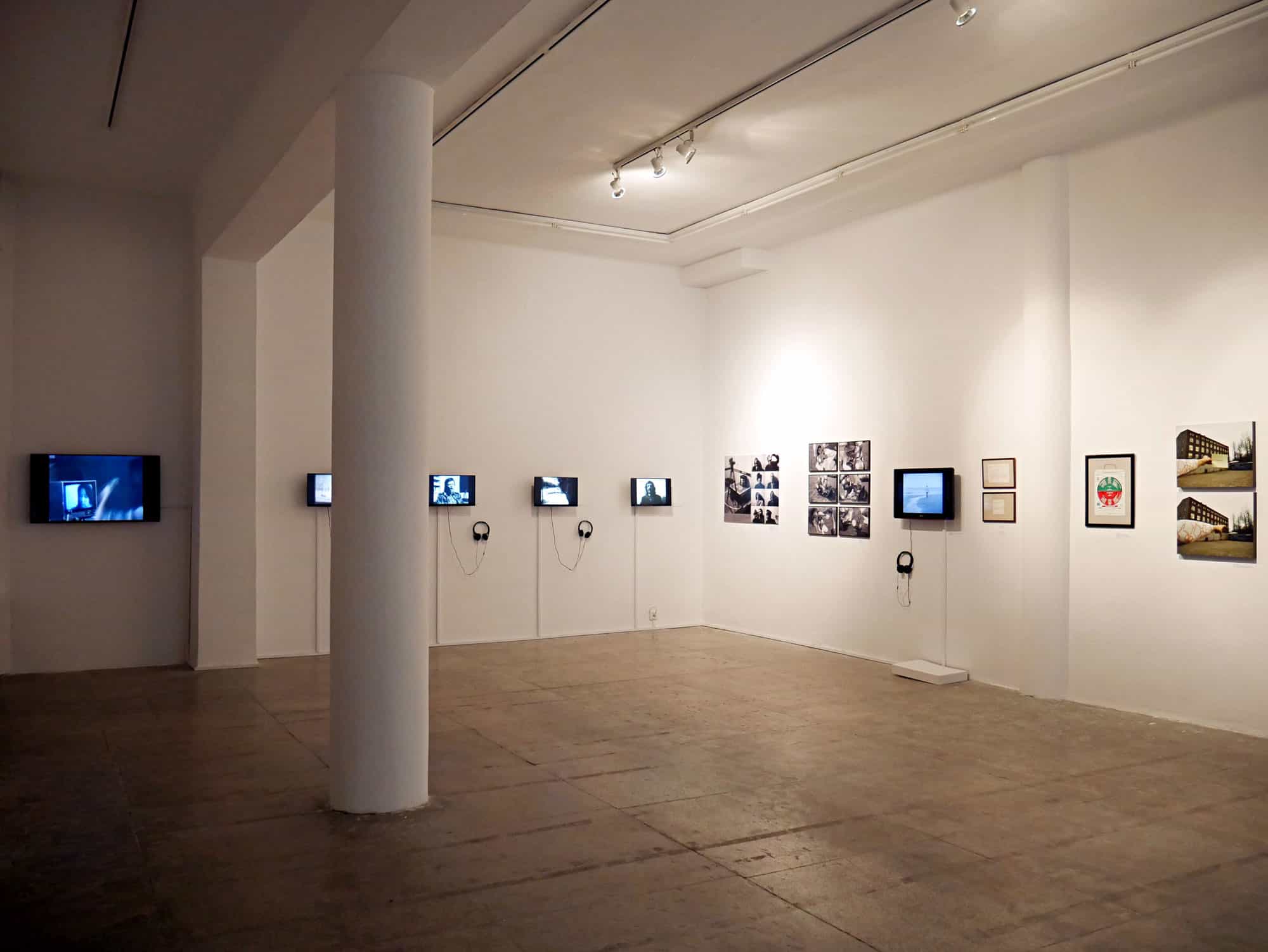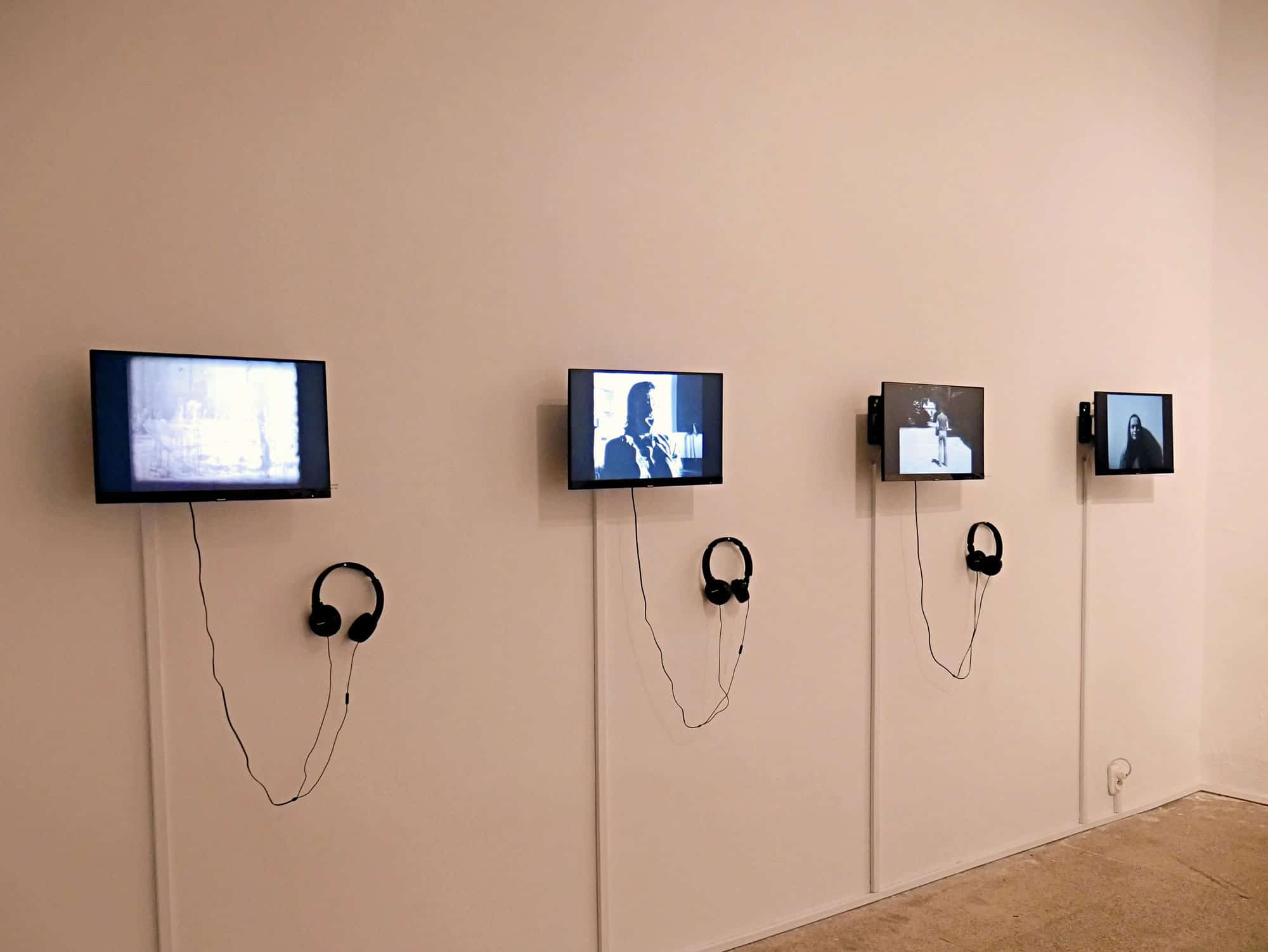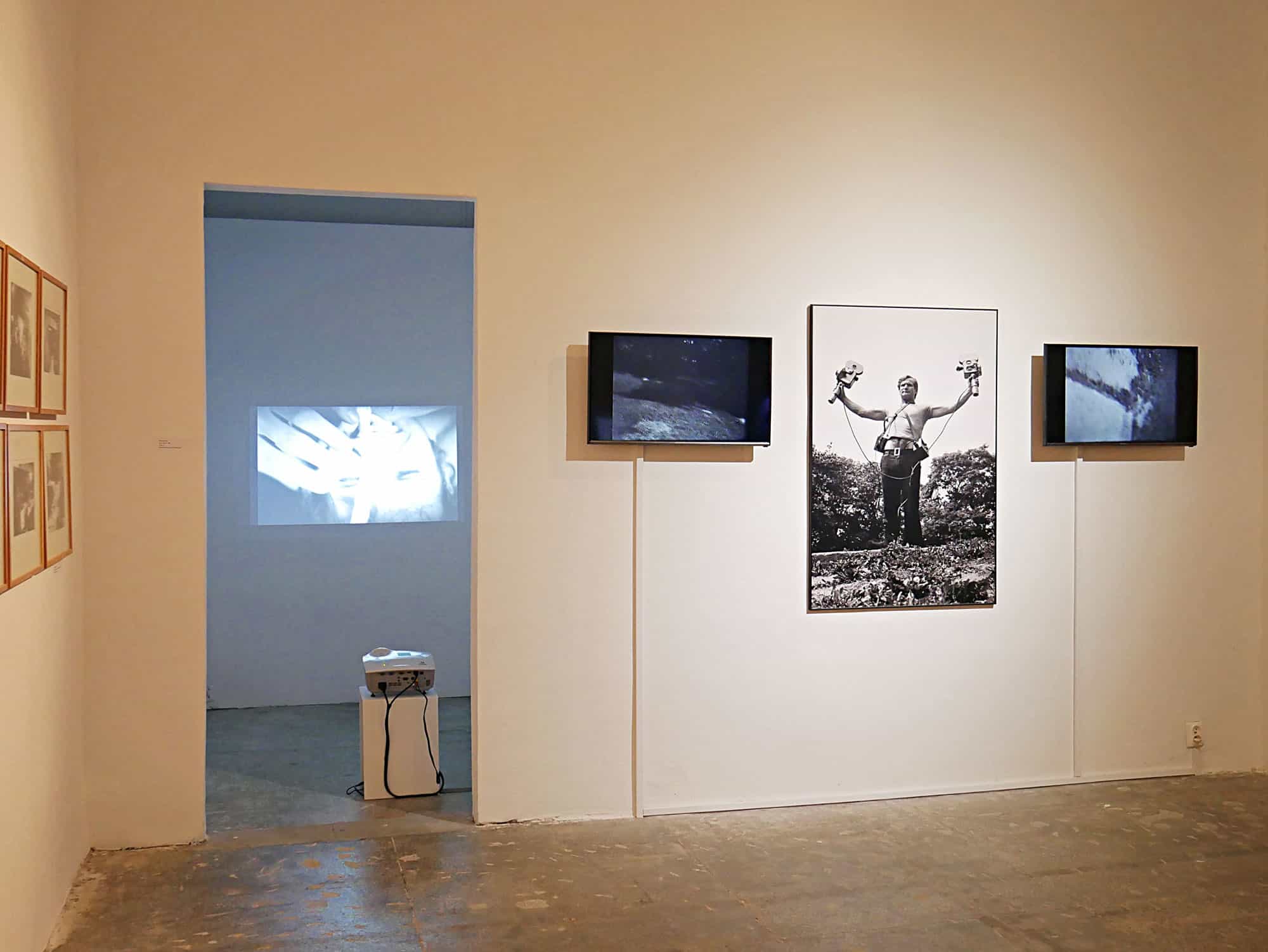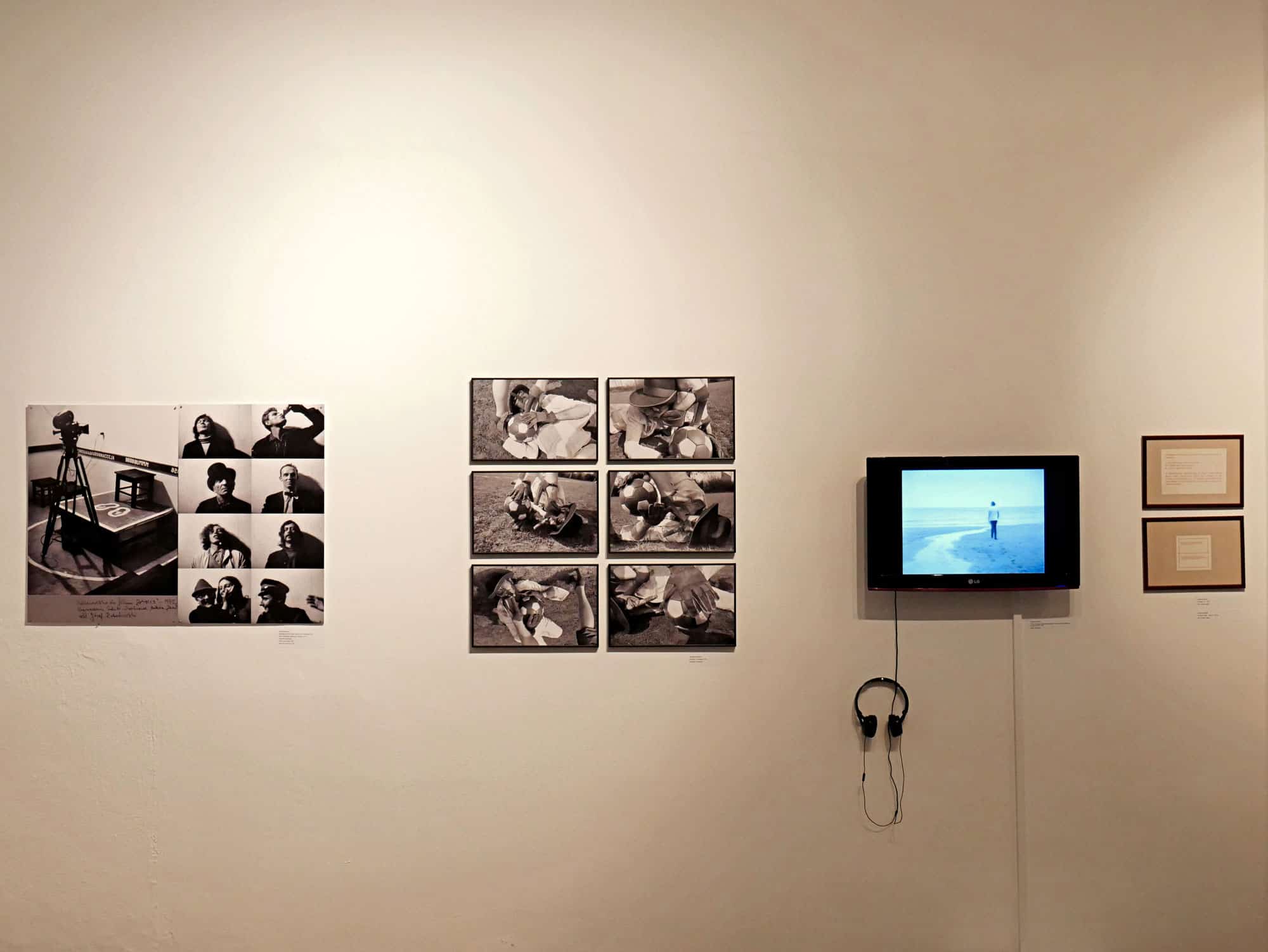The programme of this year’s edition of Recordings presents an overview of avant-garde ideas, epitomized by some of the most renowned artists from the US, Poland, Germany and Japan. The chief goal of the project is to introduce audiences to the film documentation of live performances, happenings, concerts, street actions, ephemeral activities and public art interventions that bring together visual arts, music and theatre. The accompanying exhibition features video works and photographs. The event stretches across range of politically charged issues, such as feminism, emancipation, women’s rights, anti-institutionalism, protest against art commercialization, as well as corporeality and sexuality, which appear frequently in the artworks from the 1960s – 1970s.
A connection between the body and the camera, an exposure of the problematic notion of viewer participation – these are the concepts addressed in the experimental films by the Polish artist, Józef Robakowski. a pioneer of the Polish neo avant-garde, is displayed on the exhibition. Two-Hands Exercise (Ćwiczenie na dwie ręce) belongs to the series of works under the title Biological-Mechanical Records in which the camera is treated like an extension of the artist’s own body. The footage capturing movements of the body as well as the apparatus itself allows the spectators to feel all the emotions, vitality and physical limitations of the person behind the camera. Robakowski continues his experiments with the biological-mechanical records in his follow-up videos, e.g. Along the Line (Po linii, 1976), Dance with Control (Taniec z kontrolą, 1985), My Leg Hurts! (Ojej! Boli mnie noga, 1990).
Another artwork that sparked my interest was Bruce Nauman’s film Gauze (1969). The video was shot with the industrial camera ideal for recording events in slow motion. An extreme close-up of the artist’s face shows him pulling a several meters’ long strip of gauze out of his mouth. On camera, Nauman’s body appears to be floating weightlessly owing to the inverted image. His entire oeuvre challenges the traditional belief that the artist must develop their uniquely recognizable style. Since the late 1960s, Nauman has worked across a variety of different mediums conjuring up the physically or intellectually perplexing contexts. In his opinion, an aesthetic experience carries more significance than an actual value of the object.
In the 1960s, the emergence of hippie movement and sexual revolution integrated nudity with counterculture. One of the most eccentric Japanese artists – Yayoi Kusama – has always considered her own body as a powerful medium of creative expression: she organized nude protests against the war and rallied thousands of supporters. One of her artworks entitled Flower Orgy (1968) begs to be mentioned in this context. The video features an orgy-like scene portraying naked bodies covered in dots. For Kusama, the pattern becomes a camouflage. The artist marks people with dots as if she wished to merge them and the external world together.
Film screenings are divided into four sections, one of which is devoted to the art practices of the American artists in the 1970s, including Vito Acconci, Chris Burden, Jaime Davidovich, Nancy Holt, Paul McCarthy, Bruce Nauman, Michael Smith, Robert Smithson, William Wegman and Lawrence Weiner.
The common theme of the second part of the programme is female emancipation and feminism. Here, you can watch the works of Japanese artists – Yayoi Kusama and Mako Idemitsu. The feminist pieces of the latter draw attention to the role of woman, nature and social position The artist’s early films document her own family life. The works of Mako Idemitsu demonstrate how the female identity might be oppressed by the contemporary family model in Japan.
Another section of film screenings focuses solely on the art practice of Joseph Beuys – a German artist, performer and activist, one of the leading theorists of post-modernism. According to Beuys, the modern economy doesn’t account for the internal needs of a person that, as a result, is trapped in the circle of production and consumption. Creativity should encompass all spheres of the human activity and breach the divide between art and life. “Every man is an artist,” Beuys argued. Only art is capable of building new social systems and propelling change. In other words, every single person can become “a social sculptor.” The exhibit in the Profile Foundation showcases one of Beuys’ social works entitled A Comparison of Two Types of Society.
The final chapter of the videos screened during Recordings revolves around the performative activities of the Polish neo-avant-garde. Presentations include films made by the household names, such as Wojciech Bruszewski, Andrzej Matuszewski, Józef Robakowski, Zdzisław Sosnowski, Zbigniew Warpechowski and Ryszard Waśko.
The exhibition and film screenings held as part of Recordings are certainly worth attending. The project celebrates the history of the avant-garde, its diversity as well as the potential of art practices espoused by some of the greatest international artists of the period, whose work shifted the course of contemporary art’s development.
Written by Ivana Berchak
Translated by Karolina Jasińska
Edited by Dominika Tylcz
“RECORDINGS”
9.11 – 5.12.2019
Profile Foundation







